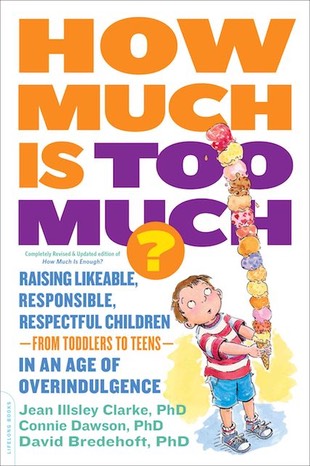Pay attention to the day-to-day struggles your children are facing.
This is a very stressful scary time for children to be growing up; Covid-19, school shootings, too much social media and screen time, bullying, and more. As a result, parents need to be equipped. Learning a few new skills can make a difference. Your child's big problems usually begin as little problems. Address them when they are small and you can avert many of them before they become big.

Source: Mikhail Nilov/Pexels
I am not suggesting that parents do not utilize mental health professionals when necessary, but parents can pay attention to the day-to-day struggles and difficulties their children are facing and intervene when appropriate. Here's how.
Be Observant
Monitor what's going on in your children's lives. Be aware of their mood shifts. Take notice if your outgoingchild suddenly becomes withdrawn, or your introverted child begins acting out in ways that are not normal for him. Pay attention to your child's concerns. Watch for common signs or red flags that your child has a problem. Solicit feedback concerning your child from trusted teachers, coaches, and other significant adults.
Use a Door Opener
A door opener is a one-sentence phrase that signals to your child that you recognize he or she is experiencing a problem, and you are willing to listen (“You look really upset. Do you want to talk about it?”).
Listen and Don't Judge
The most important but difficult thing to do is to listen to your child while withholding judgment. Judgment cuts off communication. Instead, try being genuine and empathic, and show warmth and encouragement. This will open communication.
Let Your Child Own the Problem
Remember that you cannot solve your child's problem. Let your child own the problem. If you let your child own the problem then it is your job to set the stage for her or him to be able to solve it. I like Glasser's Reality Therapy approach. It's very logical. You don’t have to be a therapist to use it. It works by asking a series of questions:
1. What is it that you want?
Help your child be very specific. "What do you want?" “What you are saying you want is____.”
2. What are you doing right now to get what you want?
After listening nonjudgmentally, identify and list the behaviors that are not working or not helping your child get what he or she wants. Ironically, most children are not really aware of their own behavior. They rarely realize that their own behavior is preventing them from getting what they want. Instead, they often place the responsibility on someone or something else.
3. Is what you are doing working? Is it against the rules?
The answer to this question is almost always no. Children tend to do more of the same even though it's not working. They frequently fail to see the connection between what they want and what they are doing, and that it isn't working. Sometimes what they are doing is against the rules.
4. What’s your new plan to get what you want?
Let children come up with a plan on their own. "What's your new plan to get what you want?" If they can’t, give them a plan that will work. According to Naomi Glasser, a good plan is:
- Simple
- Small
- Something to do, not stop doing
- Dependent on what the client does, not what others do
- Specific
- Repetitive
- Immediate

Source: Alena Darmel/Pexels
5. Don’t accept excuses
Children stay stuck in unworkable behaviors when they offer excuses. Don’t buy them. Excuses are seen as a way of absolving oneself of responsibility. An excuse is either a conscious or an unconscious strategy to place the responsibility for what one did or did not do on something or someone else.
6. Don't interfere with reasonable consequences
Reasonable consequences help children connect the dots: behavior = consequences. Quite often parents, teachers, and coaches think they are helping by not applying a reasonable consequence (“bailing the person out”) and instead end up encouraging the very behavior they were trying to discourage.
7. Get a commitment to the plan
Make a commitment to the plan by asking the following questions:
“What exactly are you going to do?”
“Do you need anything to be successful with your plan?”
“When exactly are you going to start your plan?”
8. Finally, never give up and don't get discouraged
Be an optimist. See the glass half full instead of half empty. Celebrate when your child solves a problem and achieves success. It's important to celebrate when your child is successful. Acknowledging success is important, but don’t overdo it. Here are a few suggestions:
- Give them a high five
- Flash them two thumbs up
- Let them pick a fun activity to do
- Give them a sticker
- The important thing is that you acknowledge their success
Practice Aloha. Do all things with love, grace, and gratitude.
© 2023 David J. Bredehoft
This article was originally published at Psychology Today Blogs 7/31/22
References
Glasser, N. (Ed.). (1989). What are you doing? How people are helped through reality therapy. New York: Harper Colophone Books.
Glasser, W. (1965). Reality therapy. New York: Harper & Row Publishers.
Glasser, W. (1998b). Choice theory: A new psychology of personal freedom. New York: Harper Collins Publishers, Inc.
Glasser, W. (2000). Reality therapy in action.New York: Harper Collins Publishers, Inc.
Glasser, W. (2002). For parents and teenagers: Dissolving barriers between you and your teen.New York: HarperCollins Inc.


